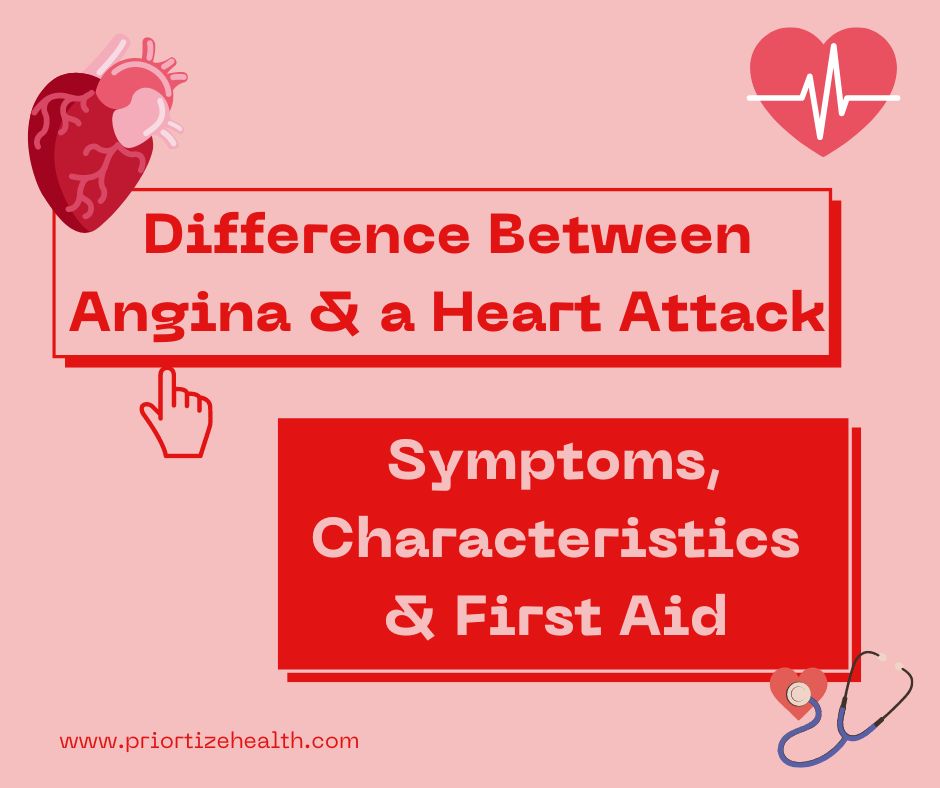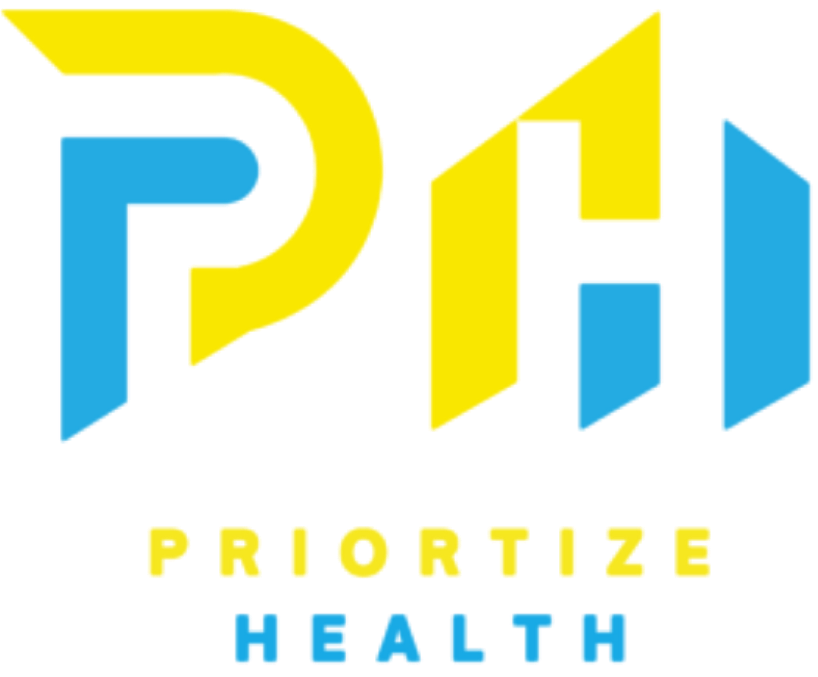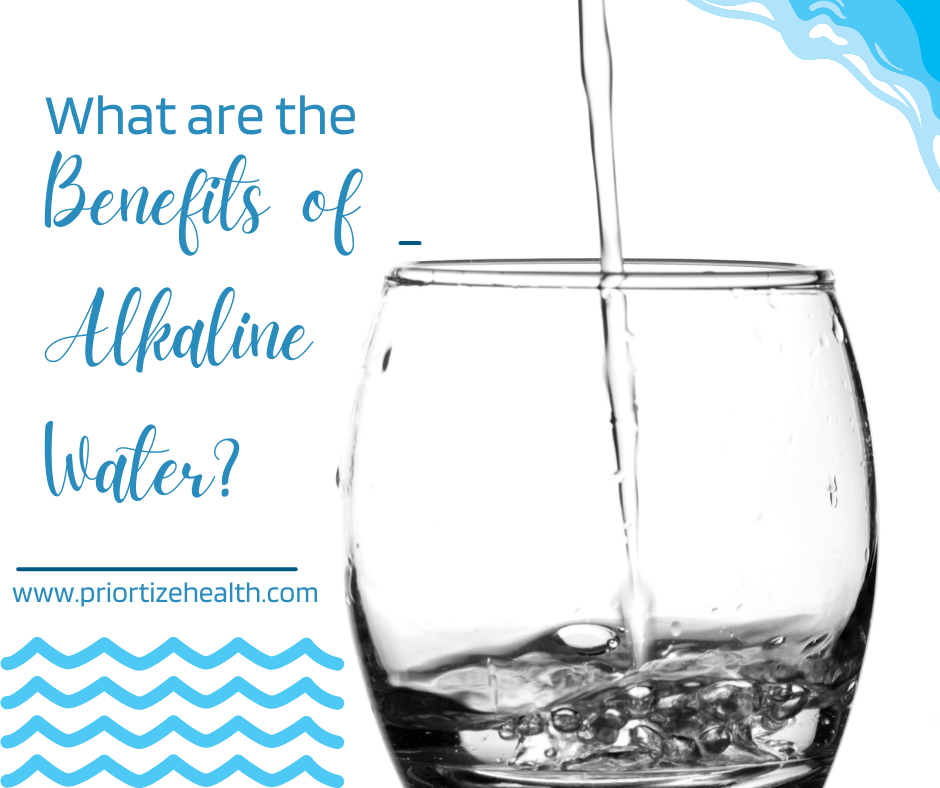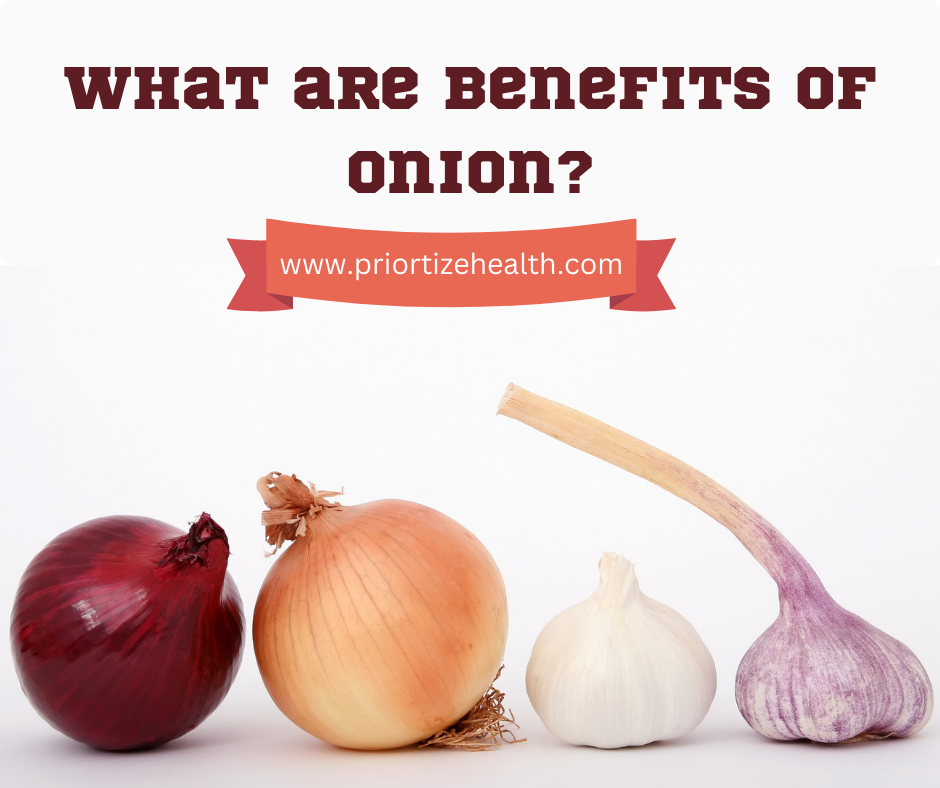
Difference Between Angina & Heart Attack: Symptoms, Charecteristics & First Aid
What is the Difference Between Angina and a Heart Attack?
When it comes to heart health, the terms “angina” and “heart attack” are often used by interchanging them. But they refer to different conditions with distinct causes and implications. Understanding the differences between these two can be crucial. We have to recognize early symptoms and seek appropriate treatment. Let’s delve into what sets angina apart from a heart attack, how to identify each, and why it matters.
What is Angina?
Angina, or angina pectoris, is a type of chest pain or discomfort. This causes by reduced blood flow to the heart muscle. It’s often a symptom of coronary artery disease (CAD). Here the coronary arteries that supply blood to the heart become narrowed or blocked due to a buildup of plaque.
Symptoms of Angina
Angina is often a warning sign of coronary artery disease. The following are some symptoms of angina:
- Chest Pain or Discomfort: This is a pressure, squeezing, fullness, or pain in the chest. It often occurs in the center or left side of the chest and can last for a few minutes.
- Pain or Discomfort in Other Areas: The discomfort might radiate to different parts of the body. They are shoulders, neck, arms, back, jaw, or stomach.
- Shortness of Breath: This can be with chest discomfort or occur on its own. It may cause during physical exertion or stress.
- Fatigue: Unusual or excessive tiredness during or after physical activity can be a symptom.
- Nausea or Dizziness: Some people experience nausea or dizziness. But these are less common symptoms.
- Sweating: Breaking out in a cold sweat can also be associated with angina.
Angina symptoms are often triggered by physical activity, stress, or emotional strain. They resolve many a times with rest or medication. Unlike a heart attack, angina does not cause permanent damage to the heart muscle. But it indicates that the heart is not getting enough oxygen.
Key Characteristics of Angina:
- Pain Description: Angina feels like a pressure, squeezing, or fullness in the chest. It can also radiate to the shoulders, neck, arms, back, or jaw.
- Duration and Triggers: The discomfort usually lasts a few minutes. This often occurs during physical activity, emotional stress, or after a heavy meal. It tends to subside with rest or medication, such as nitroglycerin.
- Types: There are two main types of angina:
- Stable Angina: Predictable and triggered by specific activities or stress. It generally responds well to medication and rest.
- Unstable Angina: More unpredictable and can occur at rest or with minimal exertion. It’s a more serious condition that may signal an impending heart attack.
What is a Heart Attack?
A heart attack, or myocardial infarction (MI), occurs when blood flow to a part of the heart muscle reduces. It may be completely blocked for an extended period. This interruption in blood supply can cause significant damage to the heart muscle.
Symptoms of Heart Attack
Heart attack symptoms can vary, but some common signs to watch for include:
- Chest Pain or Discomfort: Often described as a feeling of pressure, squeezing, fullness. The person may suffer pain in the center or left side of the chest. This discomfort may last for a few minutes or come and go.
- Pain or Discomfort in Other Areas: The pain might radiate to the shoulders, neck, arms, back. There might be pain even in the jaw and stomach.
- Shortness of Breath: This may occur with or without chest discomfort. It can happen while resting or during physical activity.
- Nausea or Lightheadedness: Some people may feel nauseous or lightheaded. In some cases they might even vomit.
- Sweating: Breaking out in a cold sweat is another potential symptom.
- Fatigue: Unusual or unexplained tiredness can sometimes be a symptom. It may occur suddenly or without clear cause.
- Indigestion or Heartburn: Some people experience symptoms that feel like indigestion or heartburn. But they may be less common.
It’s important to note that symptoms can be different for men and women. They may not always be as obvious or severe. Women, in particular, might experience symptoms like shortness of breath, nausea, and fatigue.
Key Characteristics of a Heart Attack:
- Pain Description: The pain associated with a heart attack is often described as intense, persistent pressure or pain in the chest. It may also radiate to the shoulders, neck, arms, back, or jaw. Unlike angina, the pain may not subside with rest or medication.
- Duration and Onset: The pain or discomfort lasts longer (more than 20 minutes) and may come and go. It can occur at rest and may not be triggered by physical activity.
- Other Symptoms: Heart attacks are often accompanied by other symptoms. They are shortness of breath, nausea, vomiting, lightheadedness, and cold sweats.
Key Differences Between Angina and a Heart Attack
- Duration and Pain Relief:
- Angina: Pain lasts a few minutes and may relieve by rest or medication.
- Heart Attack: Pain lasts longer and may not relieve by rest or medication.
2. Severity and Onset:
- Angina: Generally occurs during physical exertion or stress and subsides with rest.
- Heart Attack: Can occur without any clear cause and is usually more severe and persistent.
3. Underlying Cause:
- Angina: Caused by temporary reduction in blood flow due to narrowed arteries.
- Heart Attack: It may cause due to a prolonged blockage of blood flow. This may be often due to a blood clot that ruptures and obstructs a coronary artery.
4. Treatment and Urgency:
- Angina: We can manage it with lifestyle changes, medications. Sometimes we can follow procedures that improve blood flow.
- Heart Attack: It requires immediate medical attention and can involve more urgent treatments. They can be angioplasty, stenting, or medications to dissolve clots and restore blood flow.
Why It Matters
The point whether is angina and heart attack the same may be clear till now. The next task is understanding the difference between the two is crucial for timely intervention. Angina indicates that the heart is not getting enough oxygen. It is a warning sign of potential coronary artery disease. A heart attack, signifies that the heart muscle is being damaged due to a significant reduction in blood flow. This can lead to serious complications or even be life-threatening.
If anyone experiences symptoms that may be due to heart attack, it’s vital to seek emergency medical care immediately. Early treatment can reduce heart damage and improve outcomes.
First aid for Angina and Heart attack
Knowing how to respond to chest pain can be crucial. It can save lives and prevent serious damage to the heart. Both angina and heart attacks require prompt attention. But the first aid measures for each condition differ. Here’s a guide on how to provide first aid for both angina and heart attacks.
First Aid for Angina
1. Recognize the Symptoms:
- Chest pain or discomfort, often described as pressure, squeezing, or fullness
- Pain may radiate to the shoulders, neck, arms, back, or jaw
- Pain triggered by physical exertion, stress, or after a heavy meal
- Discomfort usually lasts a few minutes and may relieve by rest
2. Encourage Rest:
Have the person stop any activity immediately and sit down in a comfortable position. Rest can often relieve angina symptoms.
3. Administer Medication:
If doctor prescribes the person for nitroglycerin or other angina medication, help them take it as directed. Nitroglycerin is usually administered under the tongue. It can help relieve pain within a few minutes.
4. Check the Symptoms:
Keep an eye on the person’s symptoms. Does the pain not subside with rest and medication? Is the pain worsened? It might indicate a more serious condition such as a heart attack.
5. Seek Medical Attention:
- If the pain persists despite medication or if it’s a new or severe pain, call emergency services. Angina itself might not be life-threatening. But it’s important to rule out a heart attack or other serious conditions.
First Aid for a Heart Attack
1. Recognize the Symptoms:
- Persistent chest pain or discomfort lasting more than 20 minutes
- Pain may feel like intense pressure, squeezing, or fullness
- Pain radiates to the shoulders, neck, arms, back, or jaw
- Other symptoms may include shortness of breath, nausea, vomiting, lightheadedness, or cold sweats
2. Call Emergency Services:
Call 911 or your local emergency number immediately. Time is critical in a heart attack. Professional medical help is essential for proper treatment.
3. Have the Person Sit Down:
Help the person sit down and remain as calm and still as possible. This can help with decreasing the burden on their heart.
4. Administer Aspirin (If Appropriate):
If the person is not allergic to aspirin and there are no contraindications have them chew a standard dose (325 mg) of aspirin. Some examples of contradictions are recent gastrointestinal bleeding or other medical conditions. Aspirin helps to thin the blood and can reduce heart damage. Do not give aspirin if the person has a known allergy or if you are unsure.
5. Provide CPR if Necessary:
Does the person has symptoms of becoming unconscious and is not breathing or has no pulse? Begin CPR (cardiopulmonary resuscitation) immediately. Push hard and fast in the center of the chest at a pace of 100-120 compressions each minute. Continue CPR until emergency services arrive or the person starts to show signs of life.
6. Utilize an Automated External Defibrillator (AED) if Available:
- Assuming an AED is available, turn it on and follow the voice prompts. AEDs can assist with restoring a normal heart rhythm in cases of sudden cardiac arrest.
7. Stay with the Person:
- Stay with the individual until emergency medical personnel arrive. Reassure them and check their condition. If they become more conscious, provide comfort and stay calm.
Important Points to Remember
- Angina is usually a warning sign of underlying heart issues. But it is generally not as immediately life-threatening as a heart attack. Treatment often involves medication and lifestyle adjustments.
- Heart Attacks need urgent medical attention. Immediate action can save lives and reduce heart damage. Always err on the side of caution and seek professional help if you suspect a heart attack.
Understanding these first aid steps can make a significant difference in an emergency. Always consult healthcare professionals for personalized advice. They suggest treatment based on individual health conditions.
In Conclusion:
Angina and heart attacks involve chest pain and affect heart health. In any case, they are particular circumstances with various causes and implications. Angina is a warning sign of potential heart issues. We can manage them often with medication and lifestyle changes. A heart attack requires immediate medical attention to prevent severe damage to the heart muscle. Being informed about the difference between angina and heart attack can help you recognize symptoms early. You can take appropriate action to protect your heart health.
FAQ’s:
Ans: Angina occurs when the heart muscle receives insufficient blood and oxygen. It is due to narrowed or blocked coronary arteries. This reduced blood flow is often caused by coronary artery disease (CAD). It leads to chest pain or discomfort. Common triggers include physical exertion, stress, or heavy meals. It increases the heart’s oxygen demand. Angina is a warning sign of potential heart issues. It gives signal that one should give medical attention and lifestyle changes.
Ans: Yes, angina can occur at any age. But it is more common in older adults due to age-related factors like atherosclerosis. It can likewise influence more youthful people, particularly those with risk factors. They can be a family history of heart disease, high cholesterol, smoking, or high blood pressure. Early onset angina may signal serious underlying conditions. It makes prompt medical evaluation and lifestyle changes crucial.
Ans: No, stable angina does not occur at rest. It usually manifests during physical exertion, emotional stress, or after a heavy meal. The heart’s oxygen demand increases at this time. The discomfort usually subsides with rest or medication. If chest pain occurs at rest, it may be unstable angina or a more serious condition. It requires immediate medical evaluation to prevent potential heart issues.





